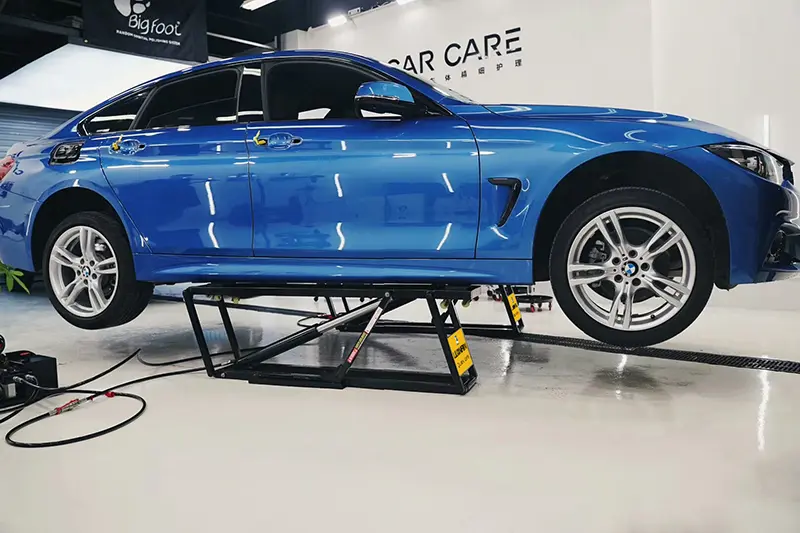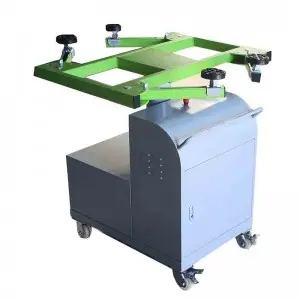Air conditioning (AC) has come a long way since its invention in the early 20th century. What began as a mere cooling machine has evolved into a sophisticated network of smart home gadgets. Today, the AC series offers users unprecedented control over their indoor climate, improving comfort and energy efficiency. In this article, we will explore the fascinating journey of the AC series, its advancements, and the impact it has had on our daily lives.
The AC series traces its roots back to 1902 when Willis Haviland Carrier created the first modern air conditioning system primarily designed to control humidity levels. Initially, these machines were massive and expensive, limiting their use to large public spaces like movie theaters and department stores. However, as technology advanced, AC units became more compact and affordable, leading to their widespread adoption in homes.
Over the years, the AC series has witnessed significant advancements. One notable breakthrough came in the 1970s with the development of energy-efficient units. These systems incorporated technology to regulate energy consumption, reducing utility bills and environmental impact. This milestone marked a turning point in the AC series, highlighting the industry’s commitment to sustainability.

The Evolution of the AC Series: From Cooling Machines to Smart Home Gadgets
As the 21st century approached, the AC series experienced a digital revolution. Manufacturers introduced smart AC units that utilized cutting-edge technology to offer users more control and convenience. Wi-Fi-enabled devices empowered homeowners to adjust their AC settings remotely using smartphones or voice-assistant devices. This breakthrough allowed individuals to cool their home before arriving, saving energy by avoiding unnecessary usage.

The Evolution of the AC Series: From Cooling Machines to Smart Home Gadgets
The integration of Artificial Intelligence (AI) further transformed the AC series. Intelligent algorithms began learning occupants’ preferences, adapting the temperature and airflow based on past usage patterns. By analyzing external factors such as weather forecasts and occupancy sensors, these smart devices optimized energy consumption without compromising comfort. This AI integration marked a quantum leap in the AC series, enabling personalized climate control systems tailored to individual needs.
One significant advancement in the AC series is the emergence of zoned cooling. Traditional AC systems cool the entire home indiscriminately, resulting in uneven comfort and energy waste. However, zoned cooling revolutionized the industry by allowing different temperature settings in various zones of a building. By independently controlling each zone, users could optimize energy usage by cooling only the occupied areas, thus reducing overall energy consumption.
Moreover, AC units have also become increasingly environmentally friendly. Refrigerants play a crucial role in air conditioning, but some older models used harmful substances like Chlorofluorocarbons (CFCs), which contributed to ozone layer depletion. However, modern AC series now employ eco-friendly refrigerants like Hydrofluorocarbons (HFCs) and Hydrochlorofluorocarbons (HCFCs), significantly reducing their environmental impact.
Apart from its cooling capabilities, the AC series has diversified its functionalities. Manufacturers have developed units with integrated air purification systems, effectively removing allergens, pollutants, and even harmful viruses from the indoor air. This integration of multiple technologies in a single device has made the AC series an indispensable part of many households worldwide.
As the AC series continues to evolve, it shows no signs of slowing down. The future holds the promise of even smarter, more energy-efficient, and environmentally conscious devices. Researchers and engineers are working on incorporating renewable energy sources to power AC systems, making them fully sustainable. This shift towards sustainability is crucial as we strive to combat climate change while also enjoying optimal comfort levels.

The Evolution of the AC Series: From Cooling Machines to Smart Home Gadgets
In conclusion, the AC series has transformed from a rudimentary cooling machine to a smart home gadget that empowers users with enhanced control, efficiency, and convenience. With each advancement in technology, the AC series has improved our lives, making our homes more comfortable and sustainable. As we look ahead, it is evident that the AC series will continue to revolutionize the way we experience indoor climate control, ensuring our homes remain havens of comfort in a rapidly changing world.car quick lift
